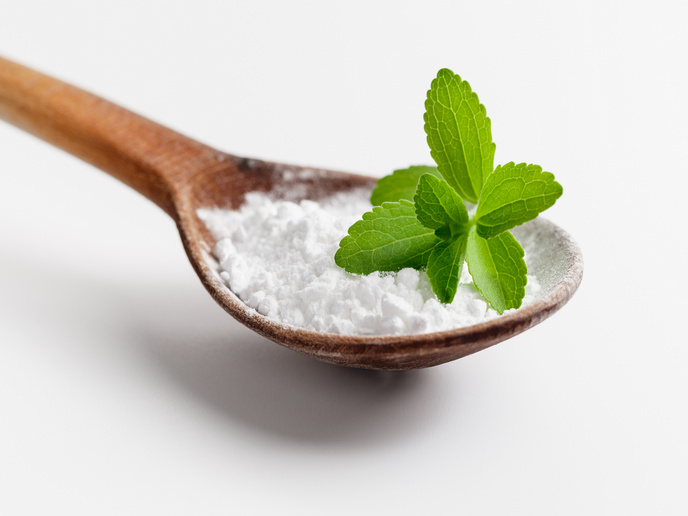Exercise gets a clean bill of health
Regular exercise training is known to improve cardiovascular health and longevity. For this purpose, the World Health Organization recommends adults perform 150 minute per week of moderate intensity physical activity. Recent studies, however, report that acute and/or lifelong high volumes of vigorous intensity endurance exercise can lead to cardiac mal-adaptations. These include increased concentrations of biomarkers, reflecting cardiomyocyte damage, and the presence of scar tissue in the heart of presumably healthy athletes. Myocardial fibrosis has been reported in 12–50 % of individuals engaged in lifelong exercise training, reflecting scarring of cardiac tissue that is typically found in patients with cardiovascular diseases (CVD). These cardiac mal-adaptations are highly unexpected and largely unexplained in apparently healthy individuals. Along with myocardial fibrosis, acute exercise-induced elevations in cardiac troponin (cTn) levels have been found, which typically reflect myocardial damage and are predictive of future cardiovascular events and mortality. To establish the clinical relevance of these factors, the EU-funded CARDI-ACHE project assessed the prognostic value of exercise-induced cardiac biomarker release and the functional consequences of myocardial scarring in an athletic population. The project also considered the potential association between cardiomyocyte damage and markers of cardiac scar tissue. Project coordinator Professor Keith George, based at Liverpool John Moores University (LJMU), UK, says, “These studies are important as the uptake of competitive endurance exercise is rapidly increasing across Europe and the world. This is set the context of the popular media frequently covering the potential harmful effects of endurance exercise in a largely unbalanced fashion. These alternative facts may stimulate the general population to continue their unhealthy and sedentary lifestyle and prevent exercise adoption of any sort.” Getting to the heart of the issue To perform a comprehensive assessment of the function and morphological structure of the veteran athlete’s heart, the project used strain imaging (echocardiography) in combination with cardiac MRI measurements. CARDI-ACHE also collected blood samples to perform analyses of novel cardiac biomarkers (soluble ST-2 and high sensitivity cardiac troponin I). “These methods are at the cutting-edge in cardiovascular sciences,” says Dr. Thijs Eijsvogels, the project’s lead researcher. The project also fostered useful networking, “For example cardiac MRI is the gold standard assessment for cardiac morphology and when assessing fibrosis - we accessed this technique through close clinical collaborators.” The other tools CARDI-ACHE used, such as strain imaging, represented unique ways of assessing regional and global function as well as linking cardiac structure to functional outcome. “This is a tool we are actively developing at LJMU and now at Radboud University in the Netherlands,” he adds. The presence of myocardial scarring did not affect global cardiac function, although regional changes in function were observed in some co-localized scar tissue regions. Finally, biomarkers of myocardial scarring significantly increased following exercise, though no association was found with markers for cardiomyocyte damage. Prof. George explains the findings, “Taken together, the cardiac ‘mal-adaptations’ that are typically observed in lifelong athletes presumably have only minor clinical significance. These findings align with previous studies that report a superior life expectancy in athletes compared to the general population and support the concept that Exercise is Medicine.” Clarifying the public health message The clear finding that people do not need to second guess the message that exercise is vital for good health is significant for those responsible for public health advice. But the project had to surmount challenges to come to that finding. The multidisciplinary approach of CARDI-ACHE was challenging, especially given the relatively short duration of the project (2 years). As Dr. Eijsvogels explains, “Specifically, we had to recruit a group of lifelong endurance athletes that participated in a study 8 years ago, and convince them to participate in a follow-up study.” The team also established close collaboration with clinical colleagues, performing comprehensive assessment of the veteran athlete’s heart. Despite a tight time frame, CARDI-ACHE performed the studies that they had envisioned. The CARDI-ACHE project has attracted significant international attention, and in June 2017 Dr. Eijsvogels received the New Investigator Award from the American College of Sports Medicine for it’s cutting-edge work in cardiovascular physiology. “Our research seeks to provide important new information to those ranging from individuals undertaking endurance exercise through to public health policy makers,” says Prof. George. The project’s contribution to this goal has been recognised: one of CARDI-ACHE papers has received the 2018 Best Paper Award of the European Journal of Sport Science.







